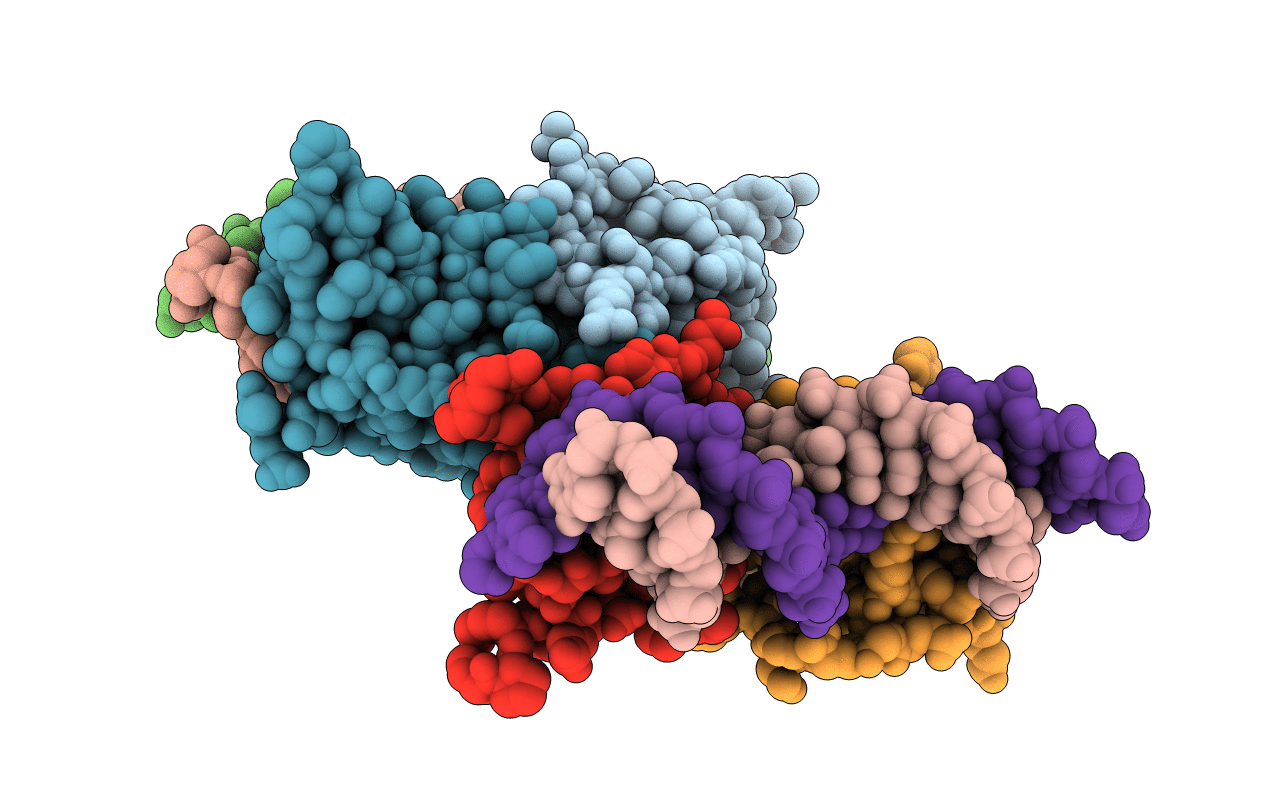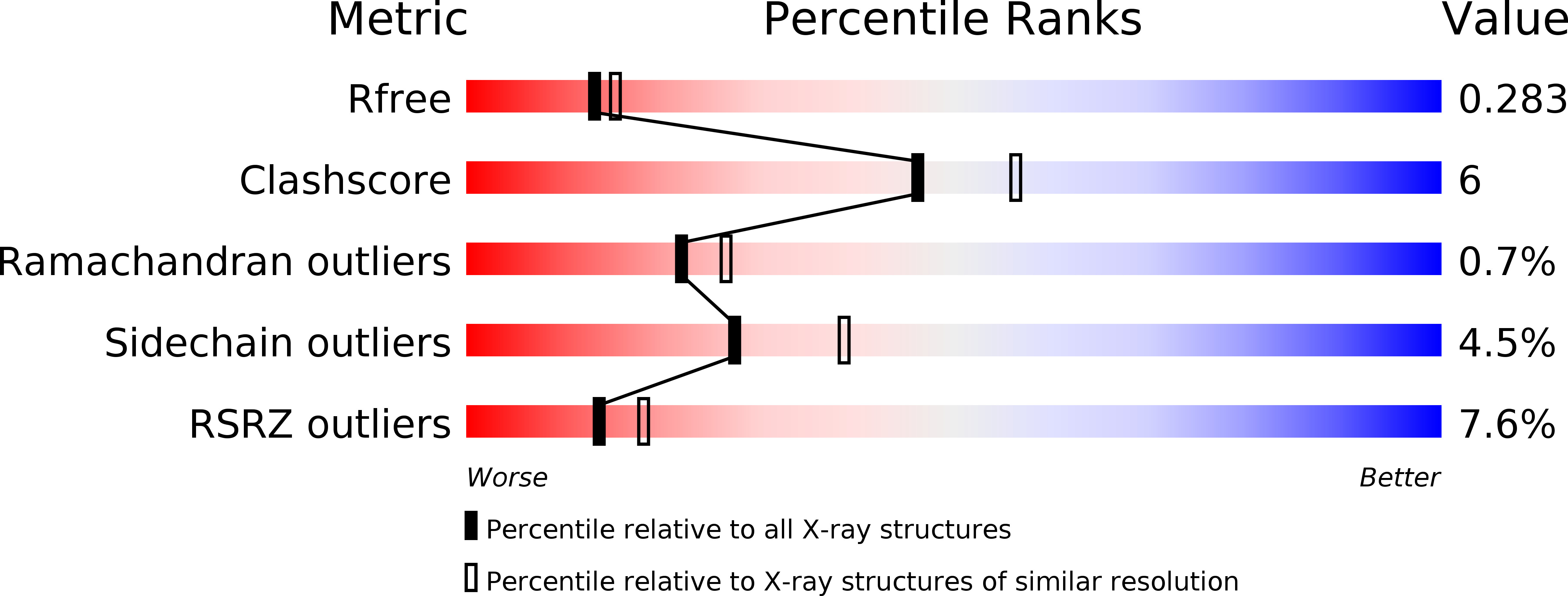
Deposition Date
2015-07-01
Release Date
2015-12-23
Last Version Date
2024-03-06
Entry Detail
PDB ID:
5CC1
Keywords:
Title:
S425G Glucocorticoid receptor DNA binding domain - (+)GRE complex
Biological Source:
Source Organism:
Homo sapiens (Taxon ID: 9606)
synthetic construct (Taxon ID: 32630)
synthetic construct (Taxon ID: 32630)
Host Organism:
Method Details:
Experimental Method:
Resolution:
2.30 Å
R-Value Free:
0.27
R-Value Work:
0.24
R-Value Observed:
0.24
Space Group:
C 1 2 1


